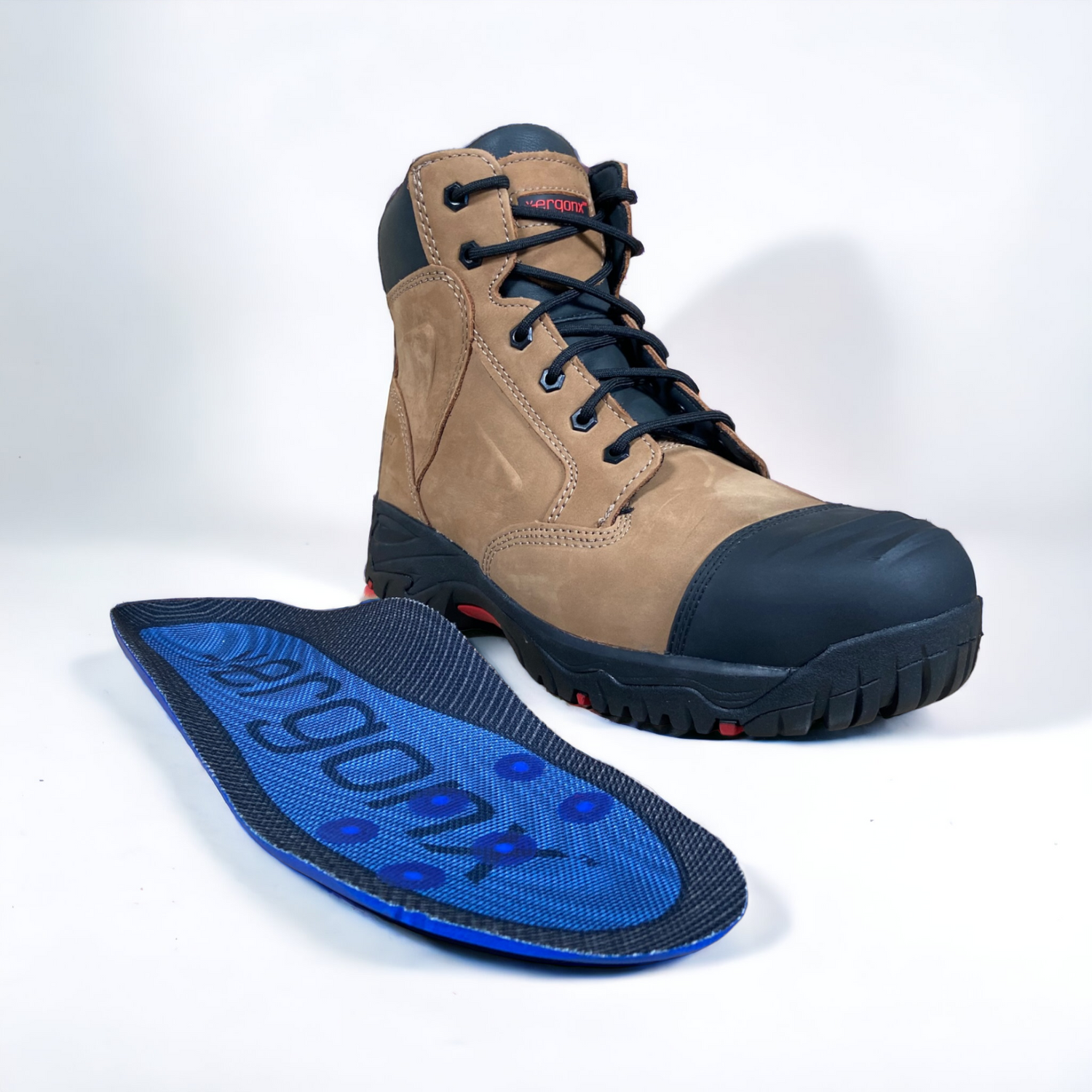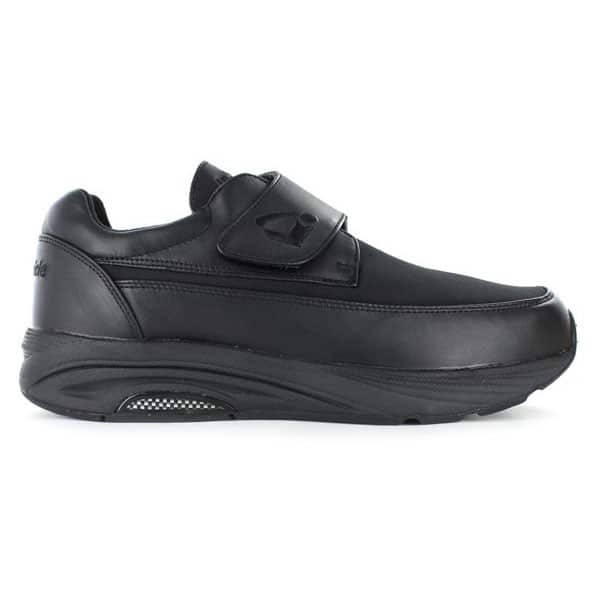Anatomy of the Tibia
The tibia runs from the knee to the ankle. It is prismoid in shape and is wider on the upper end, while it constricts in the lower part.
On its upper end, the tibia is connected to femur at knee joint, while on its lower end it joins with talus (the anklebone) to form the ankle joint. On its outer side, it is connected to the other bone of the lower leg called fibula.
The tibia is considered the strongest weight bearing bone in human body and anatomically it is divided into three parts:
The upper end (proximal extremity) which is large and has two prominences called medial and lateral condyles.
The body or Shaft, which has three surfaces:
The lower end (distal extremity) it is smaller than the upper one. On its inner side it has a strong projection called medial malleolus, which we know as the bump on the inner side of the ankle.
In males, the two tibia bones are arranged parallel to each other, while in females, the two bones are present in a slightly oblique fashion; the lower end being more outwards than the upper end.





